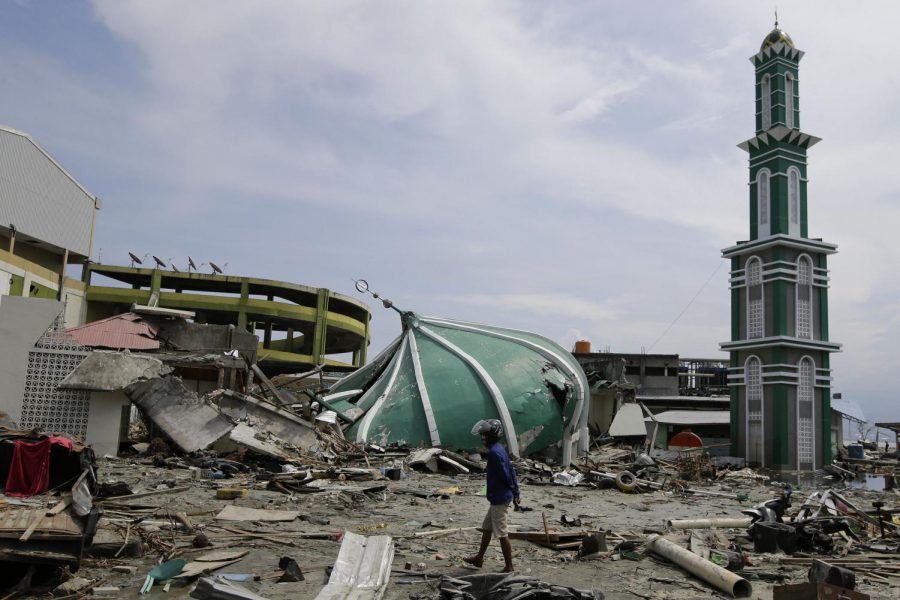7.5 magnitude earthquake and massive tsunami cause turmoil in Indonesia
The major earthquake caused a massive tsunami that destroyed countless homes buildings, as well as displacing and killing thousands in the Southeast Asian nation.
On September 28, 2018, a massive earthquake hit Indonesia. On the Richter scale, the earthquake was measured at a 7.5 magnitude. The country is located within the so-called Pacific “Ring of Fire”. This means that Indonesia, along with many other countries located around 25,000 miles of fault lines and trenches, have lots of seismic and volcanic activity. In fact, Indonesia had a very deadly 9.1 magnitude earthquake in 2004, and the country has many smaller earthquakes and lots of diverse volcanic activity that occur frequently.
Within minutes of the earthquake at the end of this past September, large tsunami waves hit the coastal regions of the country. The most damaged areas were near Central Sulawesi. Specifically, Palu City faced a lot of damage. Some regions in the country even had waves as high as 6 meters (nearly 20 feet).
A major effect of this disaster was “soil liquefaction”. According to Science Daily, soil liquefaction is defined as, “the process by which saturated, unconsolidated soil or sand is converted into a suspension during an earthquake,”. The effects of the soil liquefaction in Indonesia were devastating, as homes and building were completely dismantled by the earthquake, liquefaction caused utter obliteration of the buildings, and debris was swept by massive waves that were swiftly carried inland causing even more damage. As many as 70,000 people have been reported as homeless due to the disaster, and entire families were reported missing.
The search for survivors in the aftermath of the incident continues, as people are still being found badly injured or dead days after the incident. The Indonesian National Disaster Management Agency and British Royal Air Force have joined along with many other aid groups in giving relief and help to many of the victims. According to BBC News, the Red Cross has indicated that nearly 1.6 million people in total have been affected in some way, and nearly 200,000 people are “in urgent need of help”.
The death toll as of now is around 1,500 confirmed, but these numbers are expected to rise in the coming days. With many communication systems down, ongoing searches for people, and debris removal, there will certainly be more to this story than what is known as of now.
As Indonesia tries to recover from this terrible event, only time will tell when and where another deadly seismic event, such as this one, will occur around the highly active Ring of Fire. Even in the modern world of today, much is still unknown about predicting earthquakes, and disasters such as this one exhibit a reality check in the pure strength and awful capabilities of mother nature.













